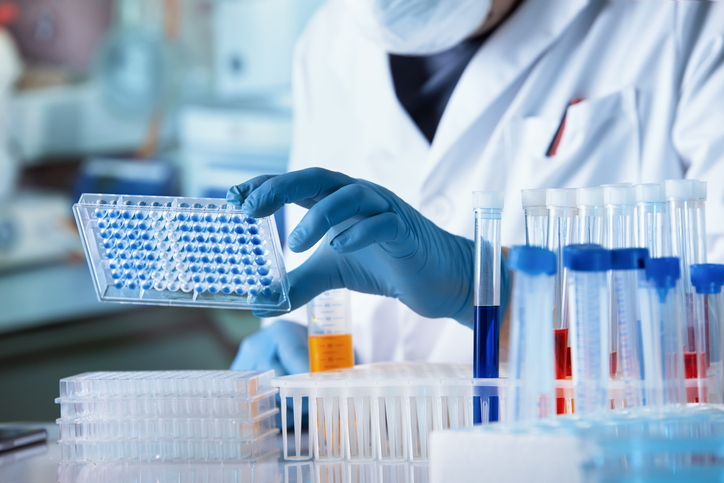Drugs based on mRNA have taken off since the development of mRNA-based COVID-19 vaccines. Jake Becraft, PhD, CEO and co-founder of Strand Therapeutics, spoke on a panel about DNA supply at SynBioBeta 2023. Here, GEN speaks with Becraft about the challenges of sourcing raw materials and developing a successful manufacturing process.

GEN: Have mRNA therapeutics become more popular recently?
Becraft: I’ve been a researcher in the mRNA space for a decade now, and since COVID-19 there’s been a lot more interest in this space. Multiple companies have [now] emerged to take mRNA to the next level.
GEN: What drugs is your company working on?
Becraft: We’re still at preclinical stage, working toward starting a Phase I clinical trial on a first set of cancer patients within the next year. [Our pipeline includes treatments for several types] of solid tumors.
GEN: What’s the main challenge in sourcing DNA for mRNA therapy manufacturing?
Becraft: The challenge has always been to find reputable suppliers to produce DNA at large scales. Only a few groups make high-quality DNA, and it can be expensive to source as a lot of commercial DNA is still made by growing and purifying it from bacterial cells.
There are, however, some next-generation approaches [emerging] that are cleaner and [produce a] cleaner product, which can be scaled up without the use of bacterial DNA.
GEN: What are the challenges to mRNA manufacturing?
Becraft: Because we’re developing mRNA-based treatments for cancer and rare diseases, we need to build complicated strands of mRNA that are longer than [for] vaccines. They also need to be very pure and non-immunogenic.
[One of the challenges] is copying the DNA into RNA. You need to make sure the full-length mRNA is made. If the DNA isn’t fully copied, it won’t do anything when injected and the [drug] will have lower efficacy. You also don’t want to form weird structures, such as double-stranded mRNA, which can activate an immune response in cells.
We use a process called in vitro transcription [to manufacture mRNA]. Essentially, you take a DNA template and then you put it in a bioreactor-like vessel that also contains an enzyme, a polymerase. This copies DNA into the same sequence, but in RNA. Then, you go through a series of purification steps that remove the DNA and enzyme, so you just end up with pure RNA at the end.


